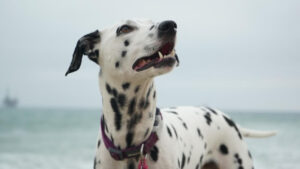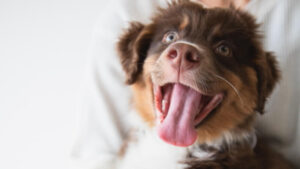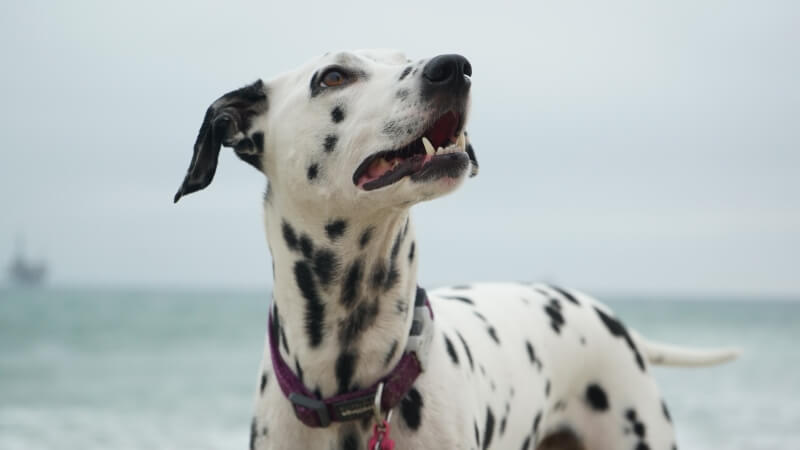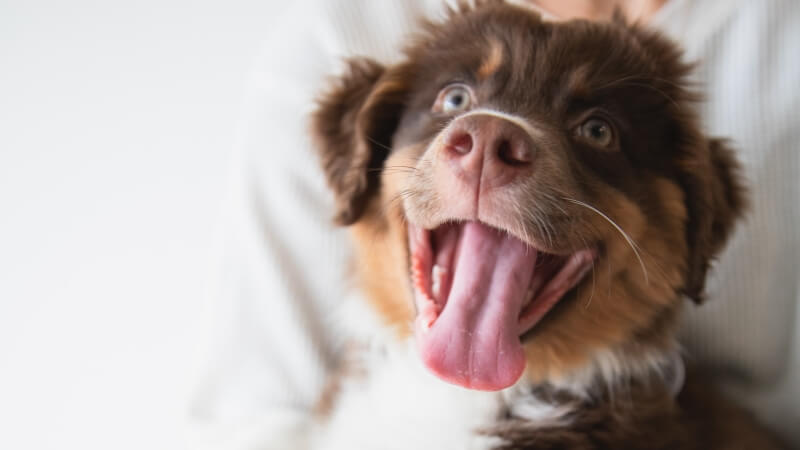
Dog Puzzle Feeder vs Interactive Toys: Which Is Best For Your Pooch?
Choosing the right plaything for your furry friend – be it a dog puzzle feeder or interactive toys – is essential for their mental and

Are you searching for an eco-friendly way to keep your furry friend mentally active and entertained? Look no further!
In this guide, we’re going to embark on an exciting journey to create a puzzle feeder for dogs using upcycled materials.
Not only will this DIY project stimulate your canine companion’s cognitive abilities, but it will also help reduce waste. It’s a win-win situation for both your pet and the planet!
When we think about our pets, we often consider their physical well-being. We provide them with nutritious food, take them on walks, and ensure they have a comfortable place to sleep.
However, it’s equally important to address their mental and emotional needs.
Dogs, in particular, thrive on mental stimulation and problem-solving. This is where a puzzle feeder comes into play.
A puzzle feeder is not just a means of providing food; it’s a mental exercise that can engage your dog’s brain and keep them entertained.
And what’s even better is that you can create one using materials that might otherwise end up in the landfill. So, not only will your dog benefit, but you’ll also be contributing to a greener planet.
Let’s kick things off by discussing the treasure hunt for materials that would otherwise end up in the landfill. These discarded items will form the foundation of our puzzle feeder.
Unearth those forgotten treasures in your home, such as cardboard boxes from recent deliveries or that stack of magazines gathering dust in the corner. Your dog’s next mental workout is hidden in plain sight!
Before we dive into the crafting process, take a moment to brainstorm how you can repurpose these materials.
Consider the size of your dog, their problem-solving abilities, and what might pique their interest. The possibilities are limited only by your imagination!
Now, let’s roll up our sleeves and delve into the step-by-step process of creating your very own puzzle feeder. Get ready to unleash your inner DIY maestro!
Before we dive in, we’ll need to gather the necessary tools and materials. Let’s ensure you’re well-prepared for this creative endeavor.
For most puzzle feeders, you’ll need:
With these tools in hand, you’re ready to transform your upcycled items into a captivating puzzle feeder.
Follow our detailed instructions to assemble the puzzle feeder. We’ll take you through each stage, from initial cuts to final touches. Visual aids will be provided to make the process as smooth as possible.
Our step-by-step guide ensures that even if you’re not a DIY expert, you can create a puzzle feeder that’s both functional and aesthetically pleasing. Your pup will be grateful for your newfound crafting skills!
Creating a puzzle feeder isn’t just about recycling materials; it’s about providing mental stimulation for your pup. Let’s discuss how to incorporate interactive elements that will keep your dog engaged.
Dogs love a good challenge, and a puzzle feeder provides the perfect opportunity to exercise their problem-solving skills. You can introduce various cognitive challenges into your feeder:
By adding these challenges, you’re turning mealtime into an engaging mental workout for your dog. Not only will they enjoy the reward, but they’ll also relish the process of problem-solving.
Now that your puzzle feeder is ready, it’s time to put it to use. Learn how to introduce it to your dog and keep it in tip-top shape for continued enjoyment.
Your dog might be curious or even a bit puzzled when you introduce the new puzzle feeder. Here’s how to make mealtime an adventure:
By making mealtime an adventure, you’re turning a routine task into a stimulating challenge. Your dog will eagerly anticipate their meals, which is a win for both their mental and physical well-being.
Maintaining hygiene is essential. Find out how to clean and sanitize your puzzle feeder to keep it safe for your pup.
A clean puzzle feeder is a happy and healthy one. Ensure your dog’s safety and enjoyment by following our easy maintenance tips.
We’ll spark your creativity by showcasing various examples of puzzle feeders. Explore different shapes, sizes, and complexity levels, or let your imagination run wild with custom designs.
Dogs have unique preferences and abilities. Explore how to customize your puzzle feeder based on your dog’s personality and needs.
Whether your dog prefers a simple, straightforward challenge or a mind-boggling puzzle, you can tailor your creation to match their personality and needs.
In conclusion, crafting a puzzle feeder for dogs using upcycled materials is a fantastic way to provide mental stimulation for your pet while minimizing waste.
It’s a sustainable and enjoyable project that benefits both your canine companion and the environment. So, why wait? Get started today and treat your pup to a world of delightful puzzles at mealtime.
Don’t forget to consider introducing a puzzle feeder for dogs into your pet’s routine; they’ll love you for it!
Your furry friend will be mentally engaged, and you’ll have the satisfaction of knowing you’ve contributed to a greener planet. It’s a pawsitively perfect combination!


Choosing the right plaything for your furry friend – be it a dog puzzle feeder or interactive toys – is essential for their mental and

Wondering if a puzzle feeder could revolutionize your pet’s mealtime into an exciting challenge? This unique device promises to engage your furry friend both mentally

For passionate pet enthusiasts, a puzzle feeder is more than just a toy; it’s a critical tool for mental stimulation and dietary control for their

Are you ready to dive deeper into the world of puzzle feeder and embark on a journey to ensure your furry friends remain mentally stimulated?

Choosing the right plaything for your furry friend – be it a dog puzzle feeder or interactive toys – is essential for their mental and

Wondering if a puzzle feeder could revolutionize your pet’s mealtime into an exciting challenge? This unique device promises to engage your furry friend both mentally

For passionate pet enthusiasts, a puzzle feeder is more than just a toy; it’s a critical tool for mental stimulation and dietary control for their

Are you ready to dive deeper into the world of puzzle feeder and embark on a journey to ensure your furry friends remain mentally stimulated?
Copyright © 2024 puppypuzzlefeeder. All Rights Reserved.